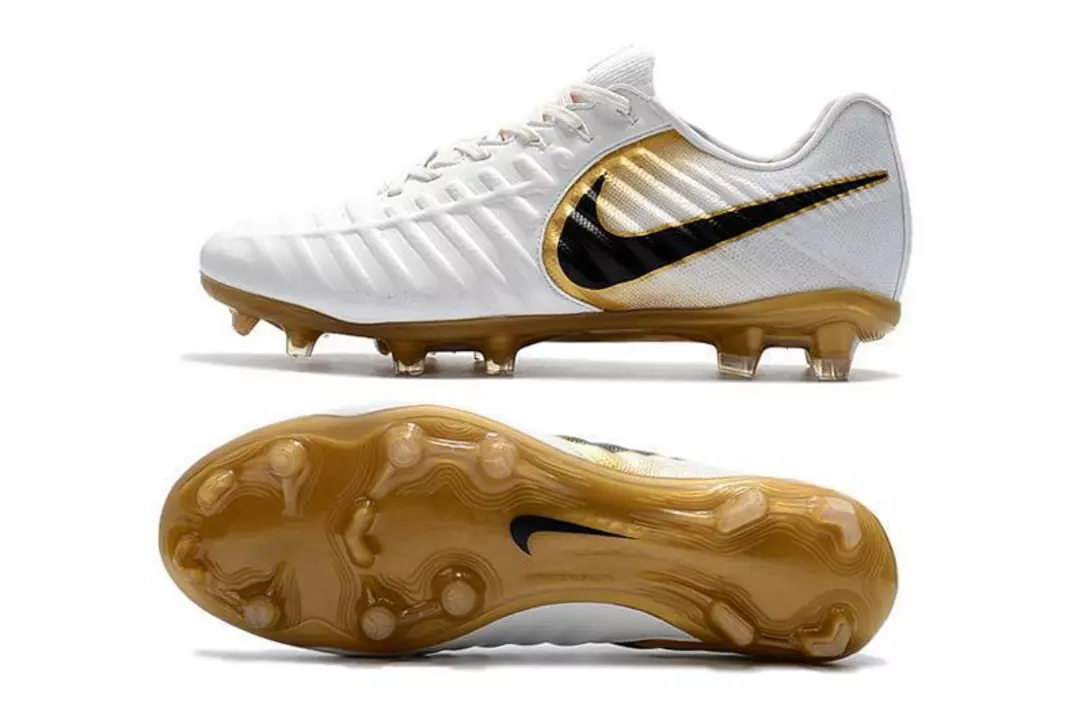Soccer Cleats: How to Pick the Right Pair for Street Soccer and Futsal
If you’re hitting the pavement in Halton, the right cleats can mean the difference between a smooth dribble and a sore ankle. You don’t need a fancy catalogue to know what works – just a few basics and a bit of trial and error. Below we break down the key things to look for, so you can grab a pair that feels right on the concrete and on the indoor court.
Know Your Surface
Street soccer usually means hard ground, broken concrete, or even a rough grass patch. For that kind of terrain you want a shoe with a durable outsole and low‑profile studs. Look for rubber or TPU plates with multiple small nubs – they give traction without digging into the surface. Futsal, on the other hand, is played on a smooth indoor floor. Here flat, non‑marking rubber soles are the way to go. They let you glide for quick turns while keeping the floor clean.
Fit Matters More Than Brand
Ever tried a pair that looked great online but felt like a shoe‑shaped brick? That’s a sign you skipped the fit test. Your cleats should hug the ball of your foot snugly, but leave a little wiggle room at the toes. Too tight and you’ll lose flexibility; too loose and the studs can slip inside, causing blisters. When you try them on, wear the same socks you’ll use in games and walk around the locker room. If they stay comfortable after a few minutes, they’re likely a good match.
Another tip: pay attention to the ankle collar. Low‑cut shoes give you freedom for sprinting, while mid‑cut offers a bit more support for sharp cuts. Most street players prefer low‑cut for speed, but if you’re just starting out, a mid‑cut can protect against ankle twists.
Budget doesn’t have to hold you back. Many reputable brands release entry‑level lines that deliver solid grip and durability. Check local sports shops in Halton – sometimes they run clearance sales on last season’s models. Those shoes often still have fresh outsoles and can last you a full season for a fraction of the price.
Don’t forget to think about maintenance. After a gritty street session, rinse the outsole with a hose or wipe it down with a damp cloth. For futsal shoes, a simple wipe after each game keeps the rubber from building up grime, which can reduce traction.
Finally, trust your own feel. The best cleats are the ones that let you focus on the ball, not on how uncomfortable your feet are. Test a few pairs, run a few sprints, and pick the one that feels like an extension of your leg. With the right duo on your feet, you’ll notice better control, faster cuts, and less fatigue – all the things every street and futsal player craves.
